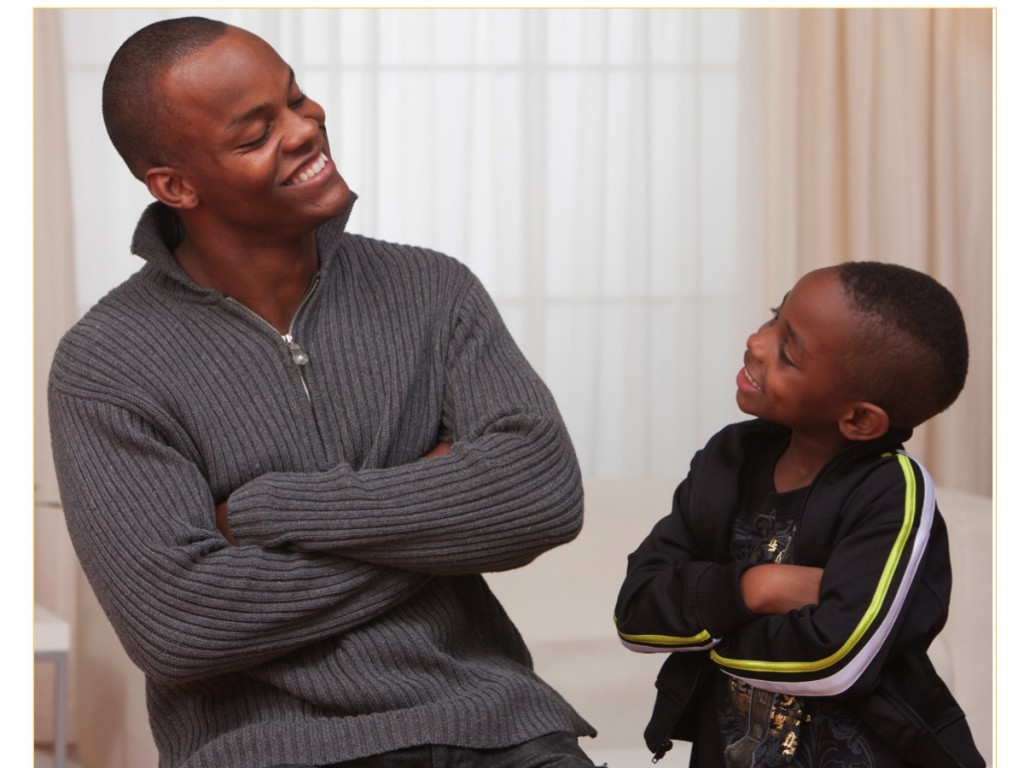
Imitation is a key component of social and emotional development because it allows us to understand and respond when another person is coordinating their actions to ours.
Even though some elements of imitation are present at birth, learning by imitation increases and changes with age. Imitation does not occur automatically. Rather, whether children imitate is determined by the social situation and the purpose of the action. For example, infants and toddlers often like to imitate actions that lead to some clear outcome. They might prefer to push a box to turn on a light, compared to pushing a box that does not turn on a light.
Learning by watching social partners is one of the most powerful learning tools for infants before they can talk. Young children are always observing our behavior and want to be like us. Because of this, imitation is an important tool caregivers can use to reflect back a child’s behavior or model a new behavior. These early social experiences set the stage for later learning. They also establish interactive relationship patterns between caregiver and child.
-
- Control group
- a group in a study who does not receive the treatment. The group serves as a comparison for the experimental group.
- Deferred imitation
- reproducing a behavior after a delay from its initial demonstration
- Electroencephalography (EEG)
- a method used to measure electrical activity in the brain
- Generalization
- the ability to apply something learned in one situation to a new situation
- Imitation
- observing then reproducing, or copying, a behavior
- Mirror neurons
- a type of brain cell. Mirror neurons respond when an animal produces an action and when they observe another animal produce the same action.
- Theory of mind
- the awareness that other people can have different thoughts and feelings from one’s own
- Trial-and-error learning
- trying different actions until you perform the right one